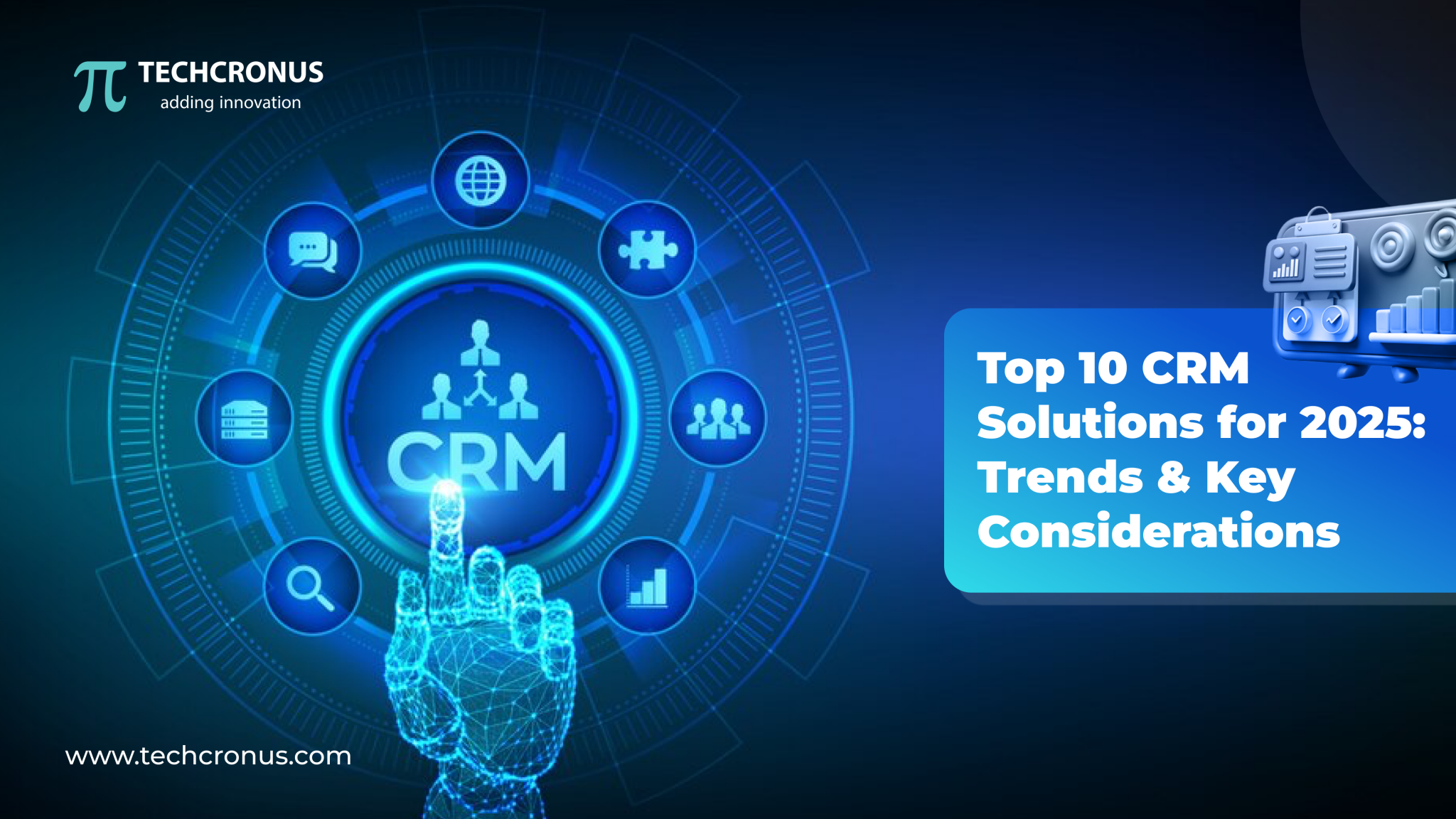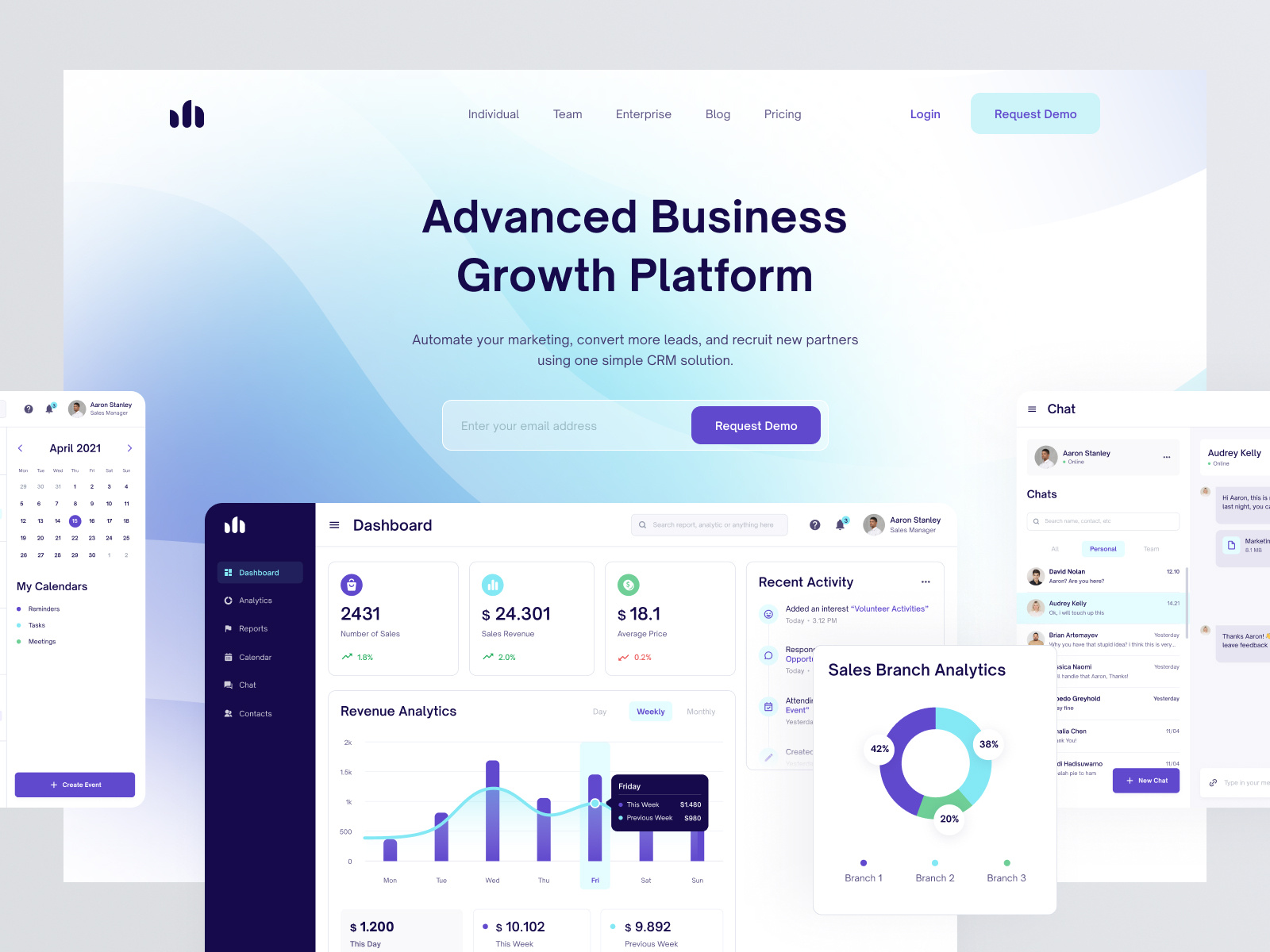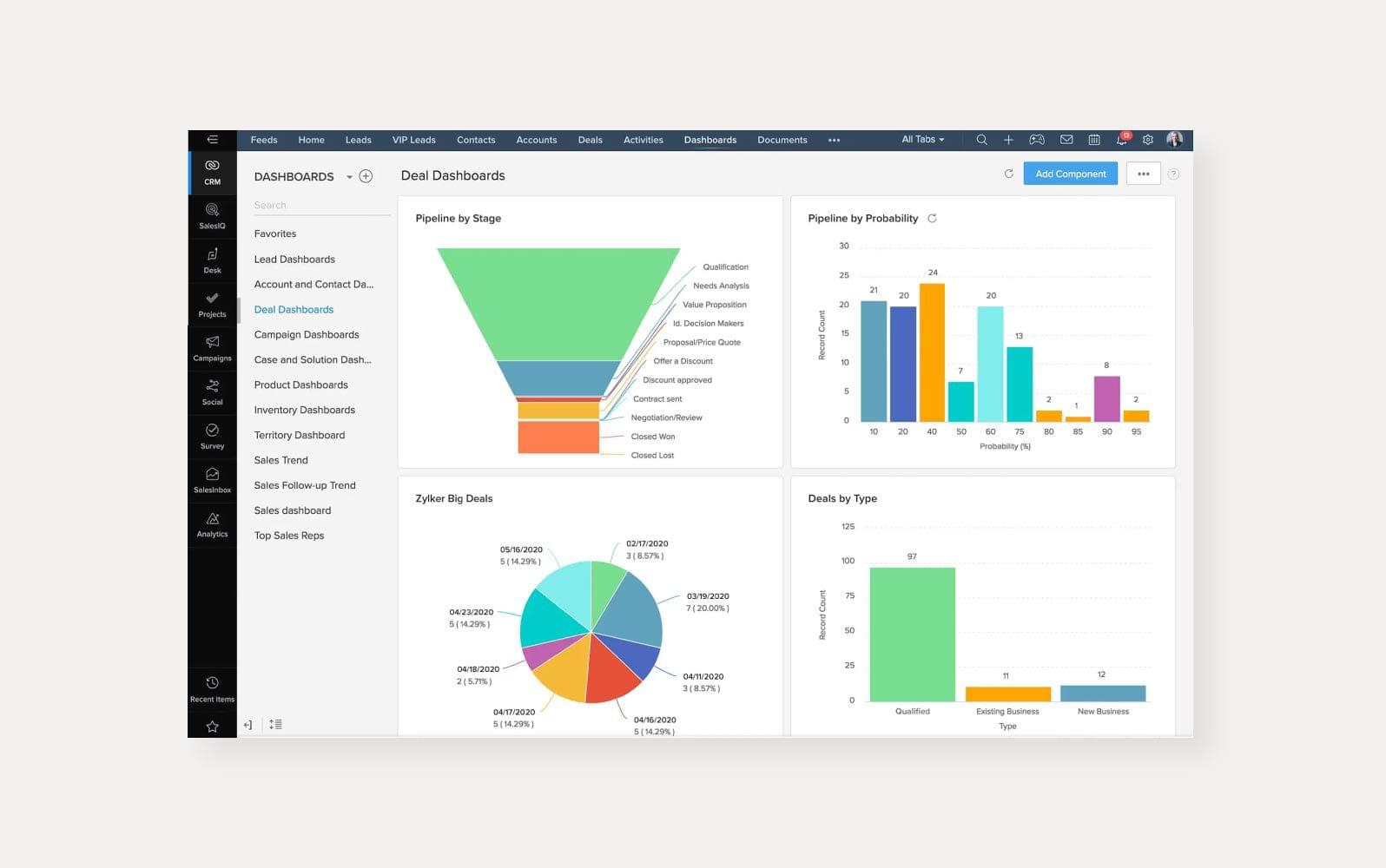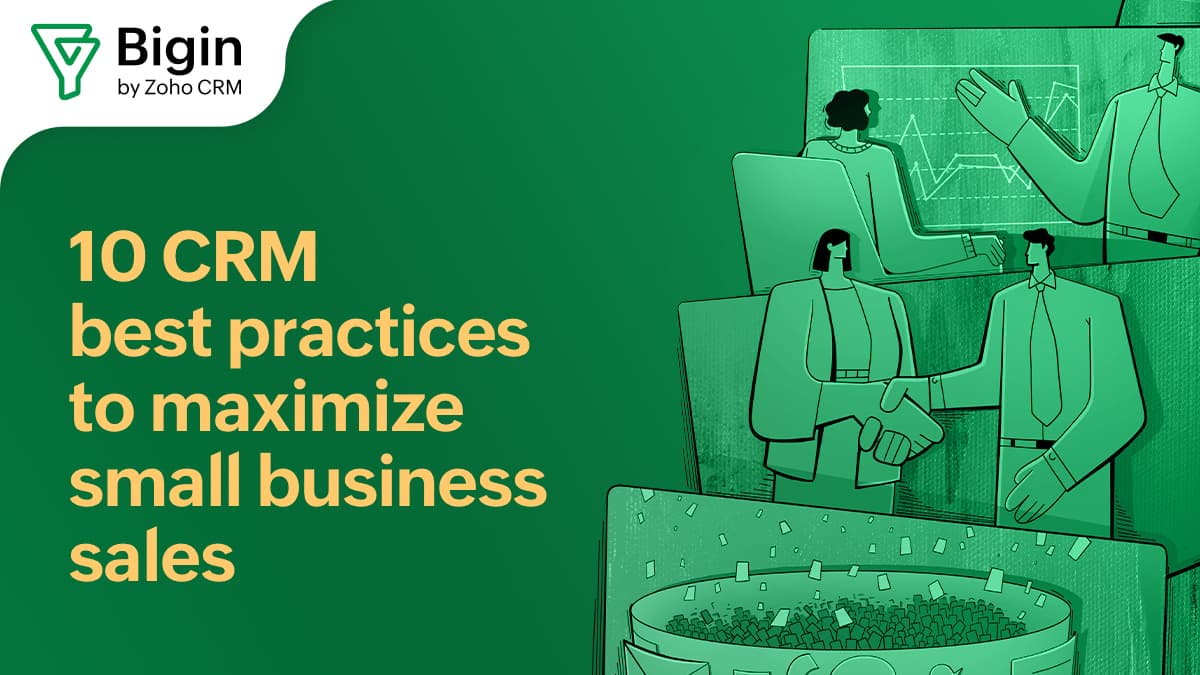Supercharge Your Sales: A Deep Dive into CRM Integration with Email Marketing
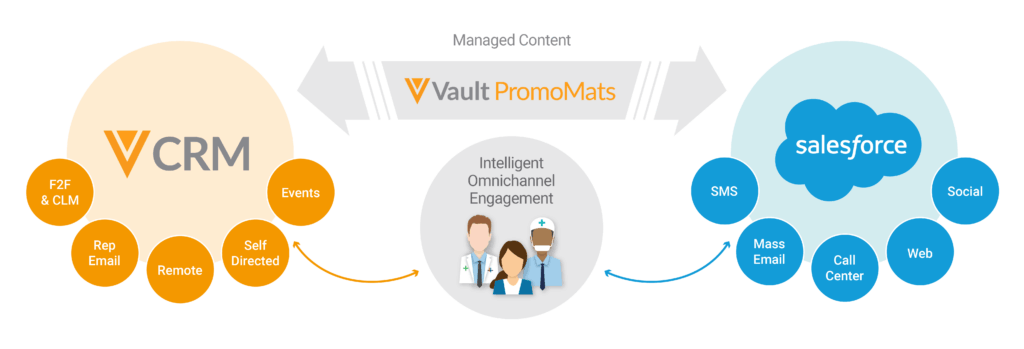
Supercharge Your Sales: A Deep Dive into CRM Integration with Email Marketing
In today’s fast-paced digital landscape, businesses are constantly seeking ways to streamline their operations, boost efficiency, and ultimately, drive revenue. One of the most powerful strategies for achieving these goals is the seamless integration of Customer Relationship Management (CRM) systems with email marketing platforms. This dynamic duo creates a synergy that transforms how businesses interact with their customers, leading to more personalized experiences, increased engagement, and, crucially, higher conversion rates. This article delves deep into the world of CRM integration with email marketing, exploring its benefits, implementation strategies, and best practices.
Understanding the Power of CRM and Email Marketing
Before we jump into the nitty-gritty of integration, let’s establish a foundational understanding of CRM and email marketing individually. Both are vital components of a successful modern marketing strategy, but when combined, their potential is amplified exponentially.
What is CRM?
CRM, or Customer Relationship Management, is a technology that helps businesses manage and analyze customer interactions and data throughout the customer lifecycle. At its core, a CRM system acts as a central repository for all customer-related information, including contact details, purchase history, communication logs, and more. This centralized view allows businesses to gain a 360-degree understanding of their customers, enabling them to personalize interactions and provide better service. Think of it as the brain of your customer interactions.
Key functions of a CRM system include:
- Contact Management: Storing and organizing customer contact information.
- Lead Management: Tracking leads through the sales pipeline.
- Sales Automation: Automating repetitive sales tasks.
- Customer Service: Managing customer inquiries and support tickets.
- Reporting and Analytics: Providing insights into customer behavior and sales performance.
What is Email Marketing?
Email marketing involves using email to promote products or services, build relationships with customers, and nurture leads. It’s a direct and highly effective way to communicate with your audience, delivering targeted messages directly to their inboxes. Email marketing is not just about sending out promotional emails; it encompasses a variety of strategies, including newsletters, welcome emails, abandoned cart emails, and more. It’s about building a connection and providing value.
Key benefits of email marketing include:
- High ROI: Email marketing consistently delivers a high return on investment.
- Targeted Communication: Allows for personalized messaging based on customer segments.
- Direct Communication: Reaches customers directly in their inbox.
- Measurable Results: Provides detailed analytics to track performance.
The Magic of Integration: Why CRM and Email Marketing Belong Together
The real magic happens when you combine the power of CRM and email marketing. Integration allows you to leverage the data stored in your CRM system to create highly targeted and personalized email campaigns. This leads to more relevant messaging, increased engagement, and ultimately, better results. It’s like adding rocket fuel to your marketing efforts.
Key Benefits of CRM and Email Marketing Integration
- Personalized Email Campaigns: Use CRM data to segment your audience and send highly personalized emails. Address customers by name, reference their purchase history, and tailor content to their specific interests.
- Improved Targeting: Target specific customer segments based on demographics, behavior, purchase history, and other criteria stored in your CRM.
- Automated Email Marketing: Trigger automated email sequences based on customer actions and lifecycle stages. For example, send a welcome email to new subscribers, a follow-up email to leads who haven’t made a purchase, or a thank-you email after a purchase.
- Enhanced Lead Nurturing: Nurture leads through the sales funnel with targeted email campaigns designed to move them closer to a purchase.
- Increased Sales Conversions: By delivering relevant and personalized messaging, you can significantly increase your conversion rates.
- Better Customer Segmentation: Segment your audience based on CRM data, such as purchase history, demographics, and engagement levels.
- Improved Customer Experience: Provide a more personalized and relevant experience for your customers, leading to increased satisfaction and loyalty.
- Streamlined Workflows: Automate tasks and streamline workflows, saving time and improving efficiency.
- Data-Driven Decision Making: Gain valuable insights into customer behavior and campaign performance, enabling you to make data-driven decisions.
- Increased ROI: Ultimately, CRM and email marketing integration leads to a higher return on investment by improving efficiency and effectiveness.
How to Integrate CRM and Email Marketing Platforms
Integrating your CRM and email marketing platforms can seem daunting, but with the right approach, it’s a straightforward process. There are several methods for achieving this integration, each with its own advantages and disadvantages.
Methods of Integration
- Native Integrations: Many CRM and email marketing platforms offer native integrations, meaning they are designed to work seamlessly together. This is often the easiest and most efficient way to integrate your systems.
- Third-Party Integration Tools: If your CRM and email marketing platforms don’t have native integrations, you can use third-party integration tools like Zapier, Integromat (now Make), or PieSync. These tools act as a bridge between your systems, allowing you to synchronize data and automate workflows.
- Custom Integrations: For more complex integrations, you may need to develop a custom integration using APIs (Application Programming Interfaces). This requires technical expertise but offers the most flexibility and control.
Step-by-Step Guide to Integration
- Choose Your Integration Method: Based on your platforms and technical expertise, select the integration method that best suits your needs.
- Identify Your CRM and Email Marketing Platforms: Determine which CRM and email marketing platforms you are using.
- Assess Your Data: Understand the data you want to share between your systems. This includes contact information, purchase history, and other relevant data.
- Set Up the Integration: Follow the instructions provided by your chosen integration method to connect your systems. This may involve entering API keys, mapping fields, and setting up automated workflows.
- Test the Integration: Thoroughly test the integration to ensure that data is syncing correctly and that your automated workflows are functioning as expected.
- Monitor and Optimize: Regularly monitor your integration to ensure that it is working properly. Optimize your workflows and data mapping as needed to improve performance.
Choosing the Right Tools: Selecting the Best CRM and Email Marketing Platforms
The success of your CRM and email marketing integration depends, in part, on the platforms you choose. There are countless options available, so it’s crucial to select tools that meet your specific needs and budget. Consider the following factors when choosing your platforms:
CRM Platforms
- Features: Look for a CRM platform that offers the features you need, such as contact management, lead management, sales automation, and reporting.
- Scalability: Choose a platform that can scale with your business as it grows.
- Ease of Use: Select a platform that is easy to use and navigate, so your team can quickly adopt it.
- Integrations: Ensure that the CRM platform integrates with your email marketing platform and other essential tools.
- Price: Consider the pricing structure and choose a platform that fits your budget.
Popular CRM platforms include:
- Salesforce
- HubSpot CRM
- Zoho CRM
- Microsoft Dynamics 365
- Pipedrive
Email Marketing Platforms
- Features: Look for an email marketing platform that offers features such as email templates, segmentation, automation, and analytics.
- Deliverability: Choose a platform with a good reputation for deliverability to ensure your emails reach your subscribers’ inboxes.
- Ease of Use: Select a platform that is easy to use and allows you to create and manage your email campaigns efficiently.
- Integrations: Ensure that the email marketing platform integrates with your CRM platform and other essential tools.
- Price: Consider the pricing structure and choose a platform that fits your budget.
Popular Email Marketing platforms include:
- Mailchimp
- ActiveCampaign
- GetResponse
- ConvertKit
- Sendinblue
Best Practices for Successful CRM and Email Marketing Integration
Once you’ve integrated your CRM and email marketing platforms, it’s important to follow best practices to maximize your results. Here are some key tips to keep in mind:
Data Synchronization
- Map Fields Carefully: Ensure that you map the correct fields between your CRM and email marketing platforms to ensure data accuracy.
- Clean Your Data: Regularly clean your data to remove duplicates and outdated information.
- Choose a Synchronization Frequency: Decide how often you want your data to sync between your systems. This depends on your needs, but it’s generally recommended to sync data frequently.
Segmentation and Personalization
- Segment Your Audience: Use CRM data to segment your audience based on demographics, behavior, purchase history, and other criteria.
- Personalize Your Emails: Address customers by name, reference their purchase history, and tailor content to their specific interests.
- Test Your Campaigns: Test different email subject lines, content variations, and calls to action to optimize your campaigns.
Automation and Workflows
- Automate Email Sequences: Set up automated email sequences based on customer actions and lifecycle stages.
- Nurture Leads: Nurture leads through the sales funnel with targeted email campaigns designed to move them closer to a purchase.
- Track Your Results: Track your email campaign performance and make adjustments as needed.
Compliance and Privacy
- Comply with Regulations: Ensure that your email marketing practices comply with regulations such as GDPR and CAN-SPAM.
- Obtain Consent: Obtain explicit consent from your subscribers before sending them marketing emails.
- Provide an Unsubscribe Option: Always provide an easy way for subscribers to unsubscribe from your emails.
Measuring Success: Key Metrics to Track
To ensure your CRM and email marketing integration is successful, it’s essential to track key metrics. These metrics will help you understand what’s working, what’s not, and how to optimize your campaigns for better results.
Key Metrics to Monitor
- Open Rate: The percentage of subscribers who open your emails.
- Click-Through Rate (CTR): The percentage of subscribers who click on links in your emails.
- Conversion Rate: The percentage of subscribers who complete a desired action, such as making a purchase or filling out a form.
- Bounce Rate: The percentage of emails that are not delivered.
- Unsubscribe Rate: The percentage of subscribers who unsubscribe from your emails.
- Lead Generation: The number of new leads generated through your email campaigns.
- Sales Revenue: The revenue generated from your email marketing campaigns.
- Customer Lifetime Value (CLTV): The predicted revenue a customer will generate over their relationship with your business.
- Return on Investment (ROI): The profit generated from your email marketing campaigns relative to the cost.
Troubleshooting Common Integration Issues
Even with careful planning, you may encounter some challenges when integrating your CRM and email marketing platforms. Here are some common issues and how to address them:
- Data Synchronization Errors: Ensure that your data mapping is correct and that your systems are set up to sync data frequently.
- Duplicate Contacts: Clean your data regularly to remove duplicate contacts.
- Incorrect Data: Verify the accuracy of your data and ensure that you are using the correct data fields.
- Email Deliverability Issues: Check your email marketing platform’s deliverability settings and ensure that you are following best practices for email deliverability.
- Automation Issues: Double-check your automation workflows to ensure that they are set up correctly.
The Future of CRM and Email Marketing Integration
The integration of CRM and email marketing is constantly evolving, with new technologies and trends emerging all the time. Here are some trends to watch for:
- Artificial Intelligence (AI): AI is being used to personalize email content, automate tasks, and improve campaign performance.
- Machine Learning (ML): ML is being used to predict customer behavior, optimize email send times, and improve targeting.
- Hyper-Personalization: Businesses are moving towards hyper-personalization, tailoring email content to each individual customer’s preferences and behavior.
- Cross-Channel Marketing: CRM and email marketing are being integrated with other channels, such as social media and SMS, to create a more holistic customer experience.
- Focus on Privacy: As data privacy becomes increasingly important, businesses are focusing on obtaining explicit consent and protecting customer data.
Conclusion: Embracing the Synergy
CRM and email marketing integration is no longer a luxury; it’s a necessity for businesses that want to thrive in today’s competitive landscape. By leveraging the power of these two technologies, you can create a more personalized, relevant, and effective customer experience. From enhanced lead nurturing and increased sales conversions to improved customer segmentation and streamlined workflows, the benefits are clear. Embrace the synergy, implement the best practices, and watch your sales soar. The future of marketing is here, and it’s all about connecting with your customers in a meaningful way. Don’t be left behind – integrate your CRM and email marketing platforms today and unlock the full potential of your marketing efforts.


